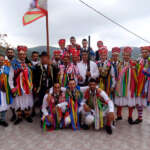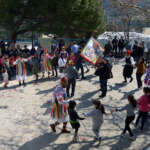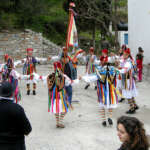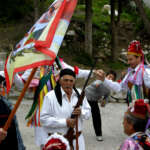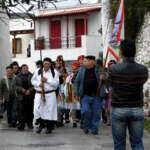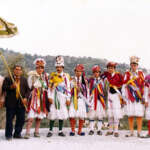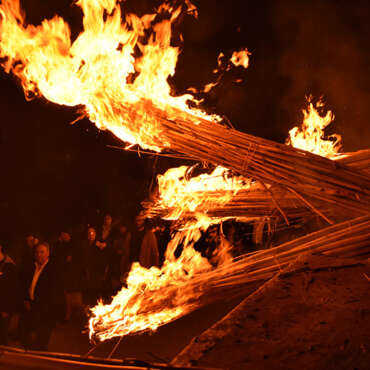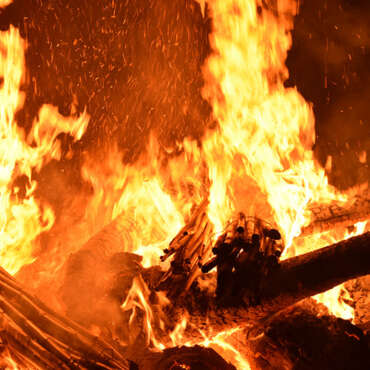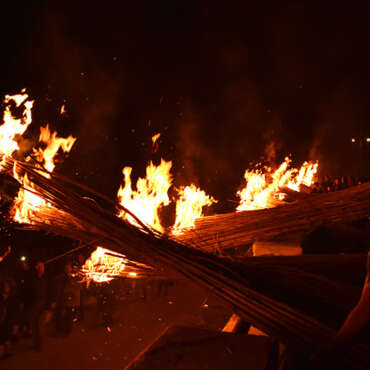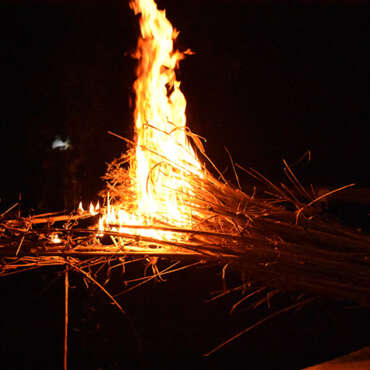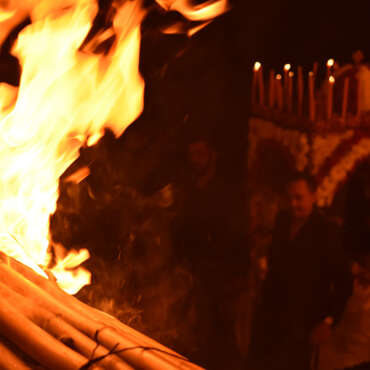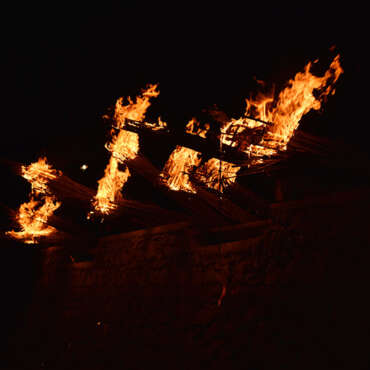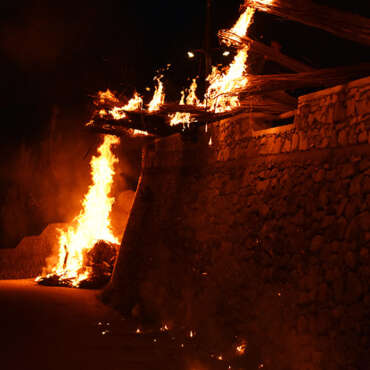Ethics And Customs
Kordelades
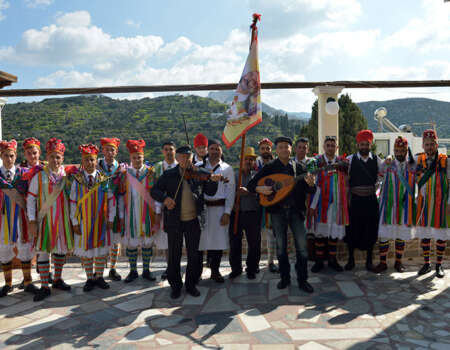 On the Monday of the last week of Carnival, every year, the custom of Kordelades is revived in our villages. This custom is placed after the liberation of the Greek nation. Unfortunately, there is no historical evidence as to whether the custom prevailed during the Turkish occupation.
On the Monday of the last week of Carnival, every year, the custom of Kordelades is revived in our villages. This custom is placed after the liberation of the Greek nation. Unfortunately, there is no historical evidence as to whether the custom prevailed during the Turkish occupation.
The cordelades were preparing from Tsiknopemti Thursday, gathering the clothes and ornaments for their special costume. In the previous century, the preparation of the costume was time-consuming, as the successive parts were collected from many households, while the costume in its complete form (sewn and ironed) would have to be ready by Tyrini Monday. Nowadays, the uniform is ready from the start.
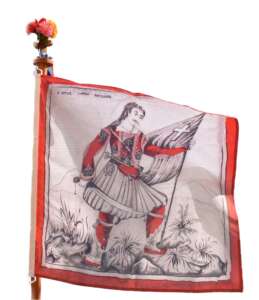
The bairaki (the flag) or else moscarada consists of the leader, the bairaktaris (the flag holder), the leventes, young people in the uniform of a tsolias with colourful ribbons and scarves, and finally the traditional instruments and musicians.
On Sunday they start the preparations by preparing the flag with flowers and walking around the village to call the people for joining the tradition.
The uniform of the kordelas or kordelatos consisted of the fez, which had a large tassel and was decorated with many pins, and the vest, a simple vest, on which long, colourful ribbons and scarves were sewn. Under the vest, they wore a white shirt with a colourful tie and many pieces of jewellery. On their shoulders, they wore large scarves of many colours. On the lower part of the body, they wore the "gyro", embroidered skirt (used as part of the bed/sheets around their beds). On the skirt, the name (initials) of each participant was embroidered. Each skirt has a different embroidery. Under the skirt, they wore the wedding underwear of their grandmothers or mothers. Finally, the participants wore white tights and knitted colourful, patterned socks, which were knitted by the women of the village.
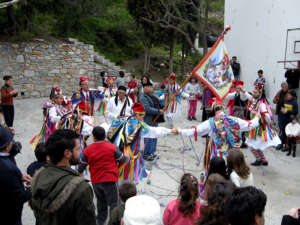 The exchanges of visits between the villages start on 'Tirini' Monday and continue until Saturday. While on Sunday the celebrations conclude with a dance for the locals and other visitors.
The exchanges of visits between the villages start on 'Tirini' Monday and continue until Saturday. While on Sunday the celebrations conclude with a dance for the locals and other visitors.
In case of mourning of one of the participating villages, the custom is postponed.
The locals who participate in the event maintain their tradition and strengthen the connections between the villages, as well as the wedding exchanges. The participants exchange wishes and shout "Greetings to the Melanes people", followed by corresponding exclamations from the entire group to their host village, which is reciprocated with similar exclamations and wishes.
Text V. Anevlavi (Archaeologist), Em. Anevlavis (Museologist)
Periphanes
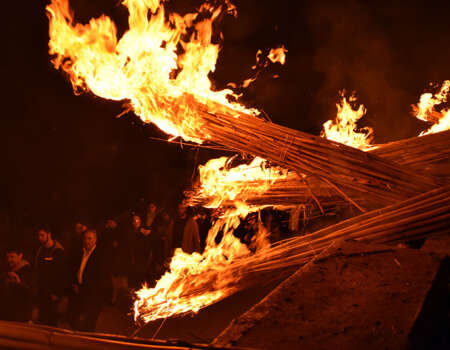 A custom, which takes place every year on Good Friday during the procession of the Epitaph, is the Perifanes. In this custom, a few days before Holy Week, the young people of the village collect dry stumps of trees and pile them on the side of the road where the Epitaph will pass. They also make the 'perifanes', which are many long dry reeds tied together. The word comes from 'Peri and Fanos', as they keep them lit during the Epitaph procession, in order to provide visibility for the worshippers walking behind the Epitaph in the dark streets of village.
A custom, which takes place every year on Good Friday during the procession of the Epitaph, is the Perifanes. In this custom, a few days before Holy Week, the young people of the village collect dry stumps of trees and pile them on the side of the road where the Epitaph will pass. They also make the 'perifanes', which are many long dry reeds tied together. The word comes from 'Peri and Fanos', as they keep them lit during the Epitaph procession, in order to provide visibility for the worshippers walking behind the Epitaph in the dark streets of village.
On the evening of Thursday or at the dawn of Good Friday, the girls of the village gather in the church to decorate the Epitaph, which must be ready before the service begins. The Epitaph is decorated with flowers from the gardens, yards, orchards, and fields of the village (with a wide variety depending on the time of the celebration). The decoration is done according to the advice of the older women. Each girl has to put a flower on the epitaph as a blessing.
After the evening service of Good Friday, the Epitaph procession follows throughout the village. Just before the epitaph is passed, the young men and women of the village build a fire at the top of the 'perifanes' and hold them from the backside. Children and young people of all ages participate in the tradition with the older ones being coordinators.
After the Epitaph tour, everyone returns to the church. There, the locals hold the epitaph up in their hands as people pass below for a blessing.
Text V. Anevlavi (Archaeologist), Em. Anevlavis (Museologist)

